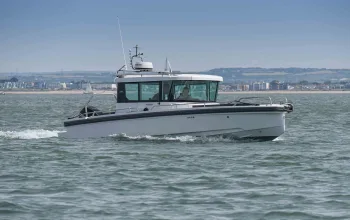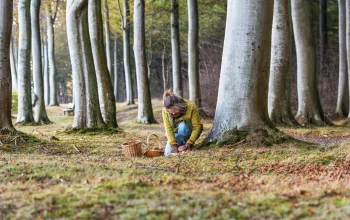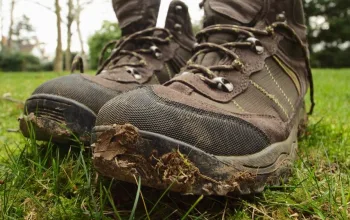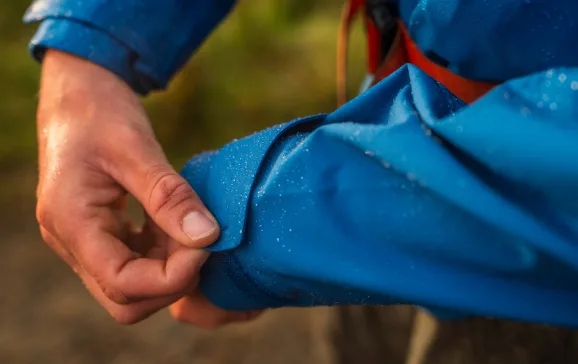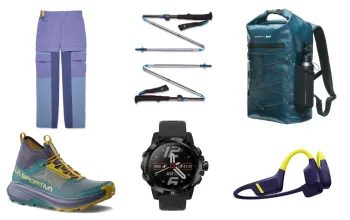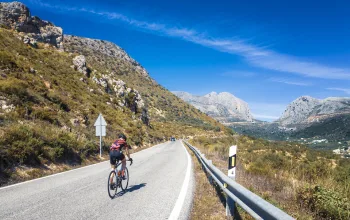Types of Horse
Colt: A male ‘entire’ horse under four years old
Entire: Male horse that has not been castrated
Filly: Female horse under four years old
Foal: Colt, filly or gelding up to one year of age
Gelding: Castrated male horse or pony
Mare: Female horse or pony four years old or over
Pony: Any type of horse measuring 14.2 hands high or ?less when mature
Stallion: A male ‘entire’ horse aged four years or over
Movements, or gait
Walk: Four-beat movement; the slowest of the natural gaits
Trot: Steady two-beat movement of the horse; faster than walk, but slower than canter or gallop
Canter: Three-beat movement of the horse; faster than walk or trot, but slower than gallop
Gallop: Four-beat movement of the horse; the fastest gait
Other useful terms
Bit: Mouthpiece, held in place by the bridle, by which the rider conveys instructions to the horse
Breaking, or Breaking-In: Early education of the young horse, where it is taught the skills it will need for it’s future life
Bridleway: Trail/path on which the public has right of way on horseback or leading a horse
Farrier: Skilled craftsman who shoes horses
Hands: The unit measuring the height of a horse from the ground to its withers (the highest point of its back at the base of its neck). A hand is four inches
Livery stable: British term for an equestrian facility where horse owners may keep their horse for a weekly or monthly fee
Lunge: The act of training a horse by working it in the various paces on a circle using a long lunge rein. This rein is attached to a cavesson (headgear). Also, riders may have lessons on the lunge as they learn/improve the basics of position, without having to concern themselves with the control of the horse
Mucking or Mucking Out: Daily stable chore that involves the removal of wet and soiled bedding and general tidying of the stable
Spurs: Small metal devices worn on the rider’s boot to help urge a horse on
Tack: Refers to the equipment of a riding horse – things like the saddle, bridle. Short for ‘tackle’



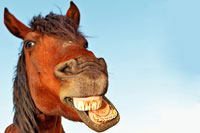 From the Horse’s Mouth
From the Horse’s Mouth


